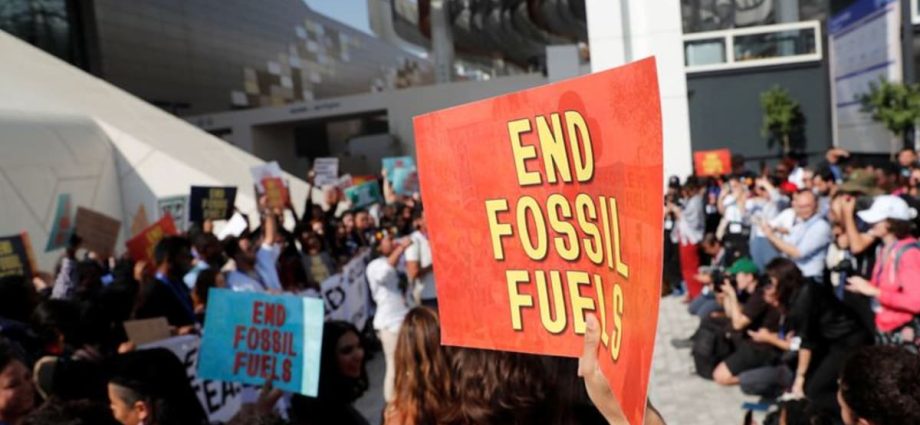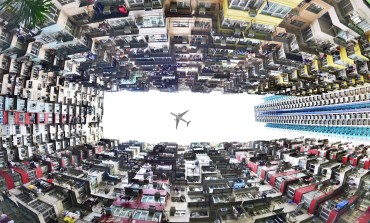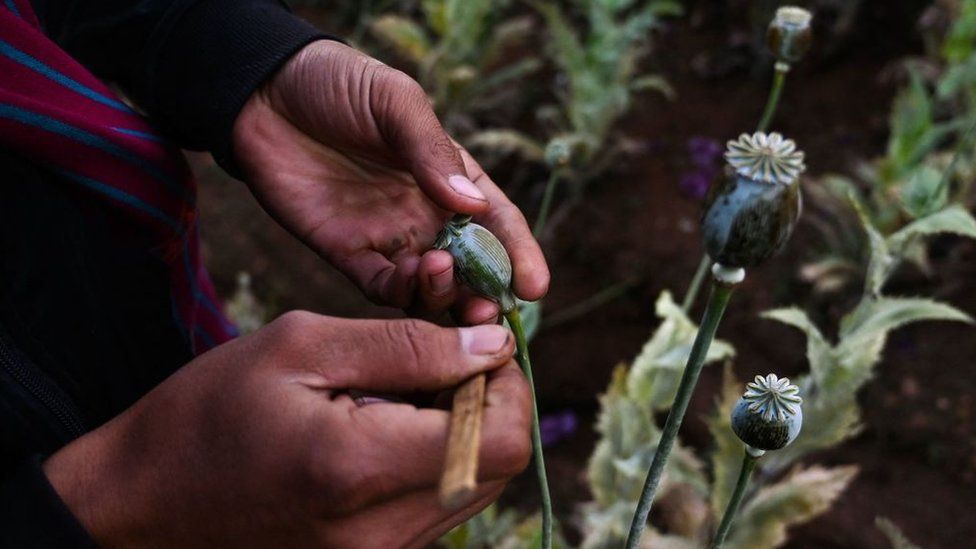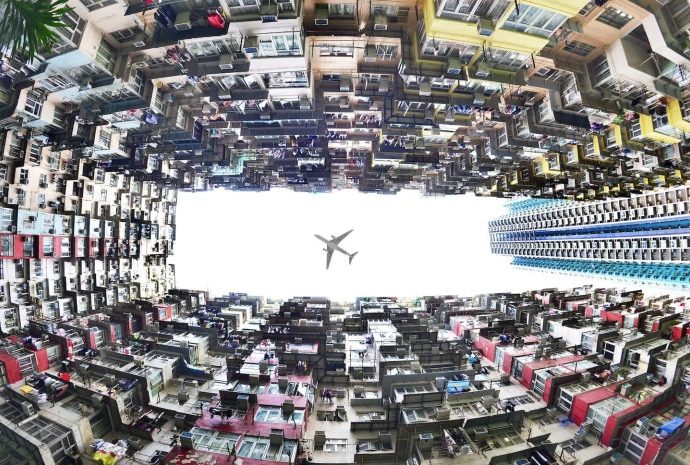COP28 deal may not please every party but a big leap for global collective action, says Singapore minister

In line with that, Singapore inked several deals to generate and buy carbon credits from countries including Papua New Guinea, Senegal and Rwanda.
Ms Cherine Fok, partner and head of KPMG’s sustainability programme Our Impact Plan, echoed Ms Fu’s view.
“The lack of progress on Article Six, clearly, is rather disappointing. But it doesn’t stop Singapore from doing what we need to do and within what we can control,” she said.
“Our voluntary signatories and agreements with different countries on carbon trading, it falls back to us to be able to honour these promises, and to be able to demonstrate how we actually fulfil these responsibilities.”
She added that building trust in the ecosystem is important, as a great deal of why the climate agenda could not progress is due to the absence of trust in some countries.
“For Singapore, having progressed so far in the carbon trading and carbon agreements, it is a strong signal to us that we must continue to move ahead and not let perfection become a limit to progress,” she said.
















